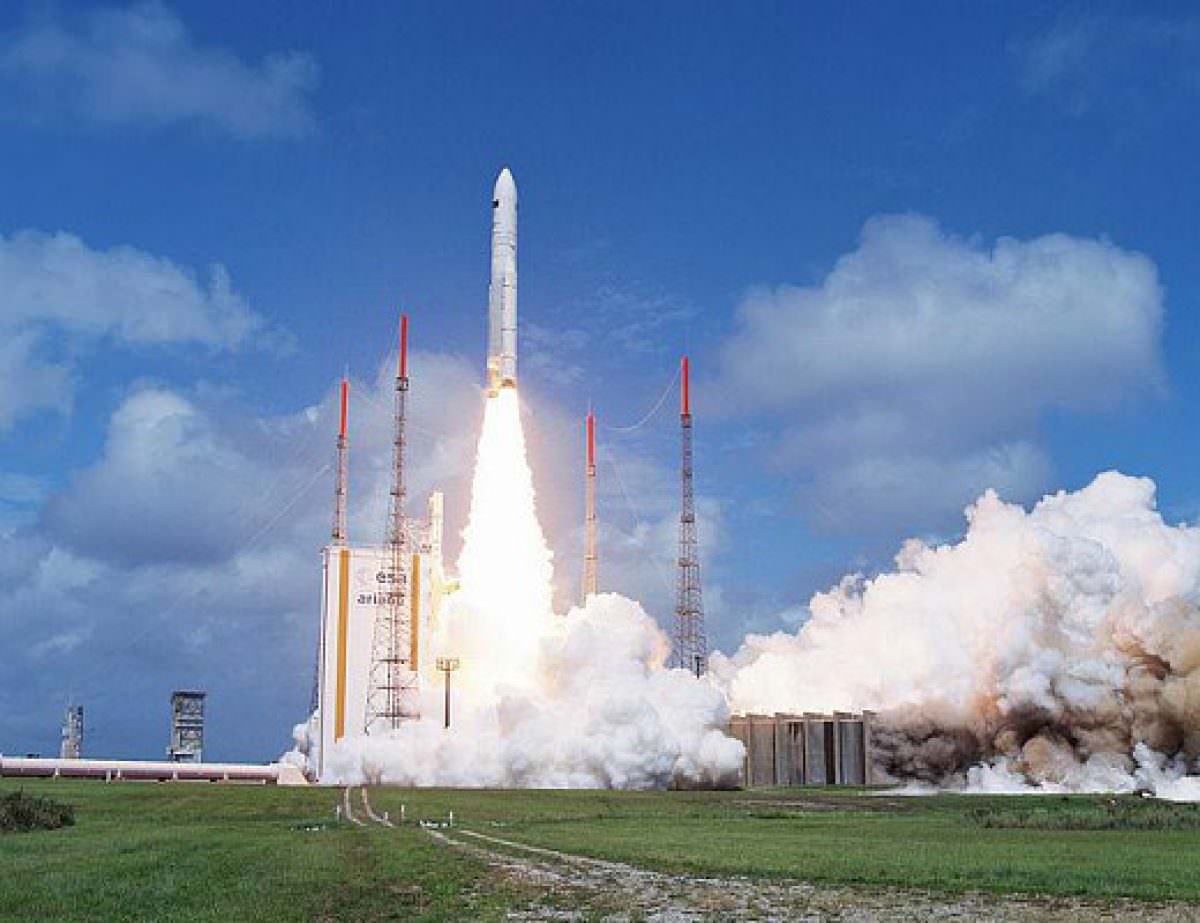
Rotate your tablet
for a better experience


Rotate your tablet
for a better experience
Kourou, 14 May 2009: the most powerful version of Ariane 5, known as ECA, is ready to lift off. Under its fairing are two ESA science satellites designed to scan the remote Universe in the search for its origins. Herschel, which when launched was the largest telescope ever designed, was to study the birth of stars and the first galaxies. The Planck satellite was, for its part, to scan the far reaches of space and observe the cosmic background radiation emitted after the Big Bang.
As the only launcher on the commercial market capable of simultaneously launching two payloads, Ariane 5 had the heavy responsibility of placing each of its two passengers separately on an escape trajectory enabling them to reach the second Lagrange point (L2), nearly 1.5 million kilometres from Earth. This point of equilibrium in the solar system enables them to escape from the heat emitted by the Earth and the Moon and be protected from solar radiation so that they can carry out their missions.
26 and 28 minutes respectively after launch, the Herschel and Planck satellites separated from the Ariane 5 upper stage. About 12 minutes later, the ground stations received the first signals from the two telescopes. The mission was a complete success!
Key figures
The highest target apogee (excluding interplanetary flights) for Ariane 5 was 1,193,622 km (three times the distance from the Earth to the Moon) when launching the Herschel and Planck observatories on flight 188. The injection velocity reached 9,968 m/s, or 35,885 km/h. In practice, this apogee was never reached, because the two satellites came under the influence of the Sun–Earth Lagrange point L2 before achieving it.
